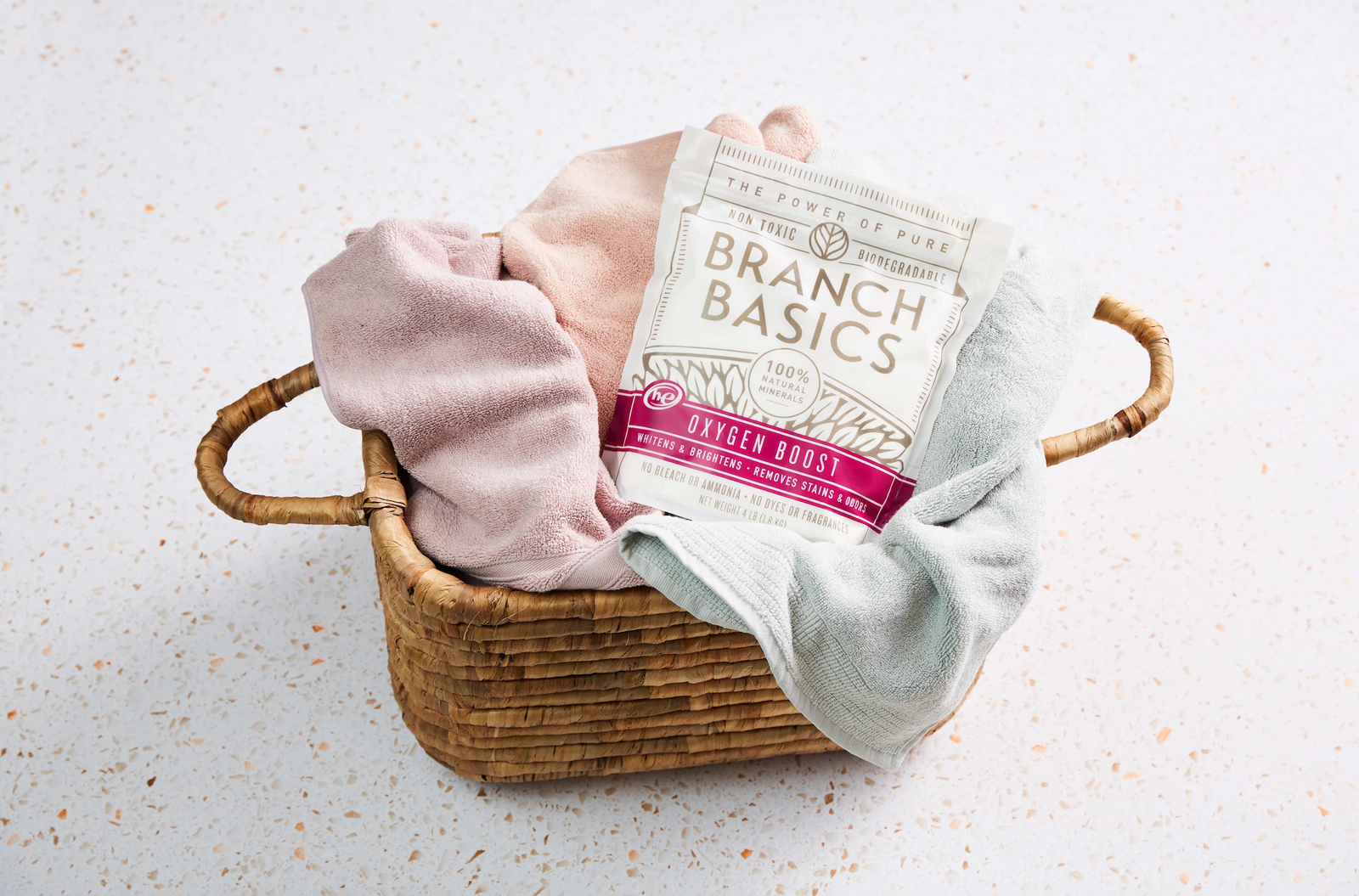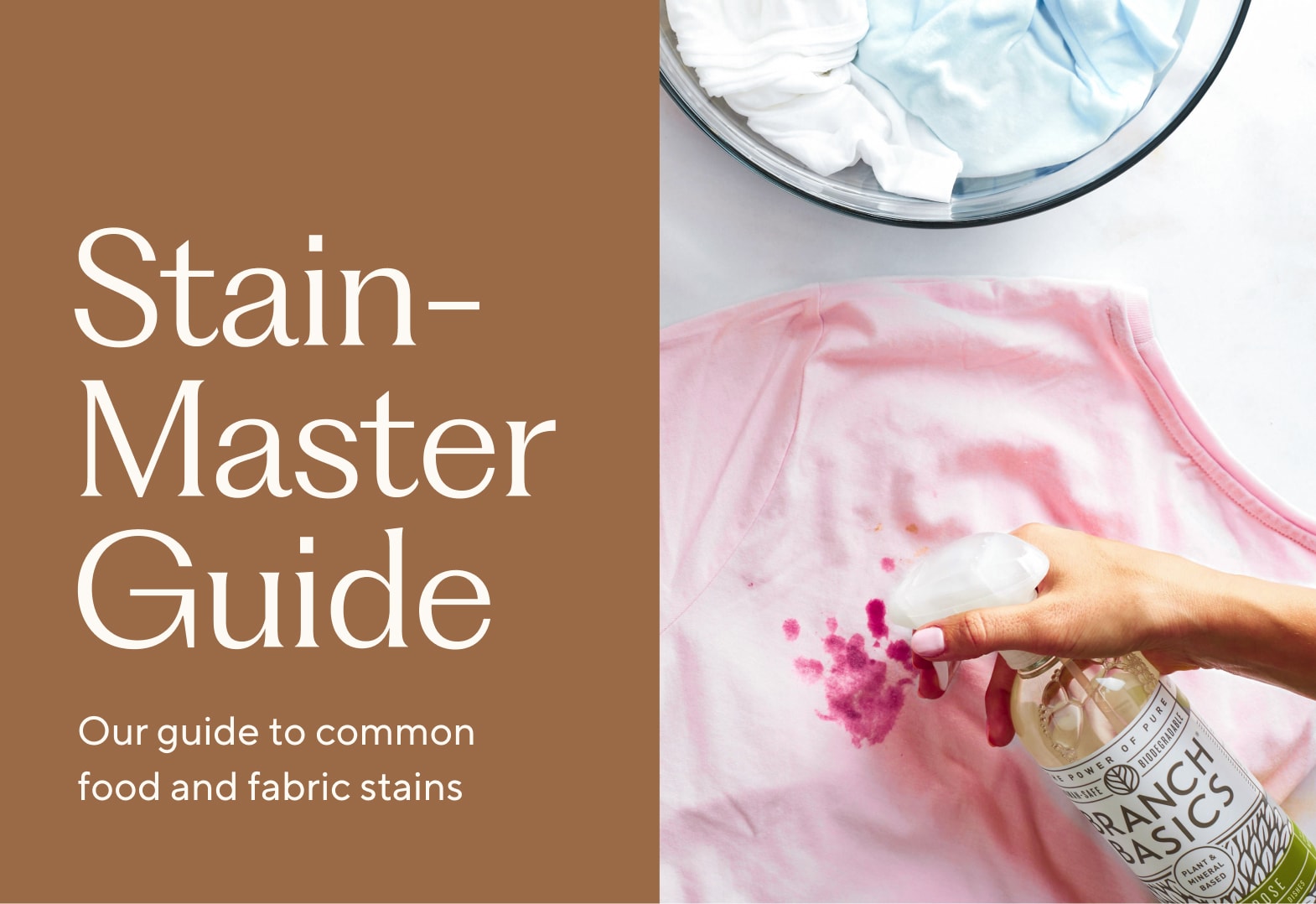Five Tips for Preventing Mold and Mildew in Your Front Loader

Front loading washers have experienced a surge in popularity in North America over the last ten years.
They use less detergent, take up less space due to stackability, and are more efficient (cut energy consumption by 25% and water consumption by 33%) than their top-loading cousins.
But, they do have a big disadvantage over top loaders: mold and mildew.
If you own a front loader, you know what I’m talking about. That musty smell and unsightly black mildew that builds up in the seal and drum of your washer.
And mold/mildew can be extremely toxic to your health—especially if it winds up on the clothes you wear or the sheets you sleep in every day.
In my practice, I’ve seen the effects of toxic mold cause or aggravate a number of health ailments, including:
- Chronic upper respiratory disease
- Insomnia
- Emotional disorders
- Hormonal imbalance
- And hyperactivity in children (to name but a few)
The good news is, you do not have to get rid of your front loader, nor do you have to resort to bleach or other toxic products to get rid of the mold.
You can clean, disinfect, and prevent mold in your washing machine by following these tips:
Tip #1: Leave Your Front Loader Door Open to Prevent Mold Growth
Mold and mildew cannot grow in your front loader (or anywhere for that matter) without a food and water source.
So, your first step is to remove the moisture from your washer by leaving the door open between washes.
This will help your washer dry out and prevent mold from growing in the gasket around the seal of the machine.
Easy enough, right?
Tip #2: Use the Right Laundry Detergent
To accomplish this, we recommend using Branch Basics Concentrate or our Laundry Detergent with Oxygen Boost in every wash.
Check out the guide to Branch Basics Laundry Instructions to get started.
The natural cleaning, disinfecting, and anti-fungal properties of these cleaners, coupled with leaving that washer door open between washes, will usually prevent mold and mildew from forming.
To use:
- Pour 1 scoop of Oxygen Boost directly into the washer drum before adding your clothes
- Add clothes
- Pour 1 capful of Branch Basics Laundry Solution or 1 scoop of Laundry Detergent into the dispenser drawer
- Run desired cycle
- Leave the washer door open
Related Reading: How to Toss Your Toxic Laundry Detergent
Tip #3: Clean Your Washer's Rubber Seal and Gasket Monthly
Since front loader washer seals and gasket are particularly prone to mold and mildew, it’s a good idea to clean them once per month.
This is especially true for those of us who live in hot, humid climates, or if your washer and dryer are located in a basement.
Here’s how to clean your front loader washer seal and gasket:
- Pull back the gasket
- Spray with Branch Basics Bathroom Cleaner liberally
- Let sit a couple of minutes
- Then dip a microfiber or scrubbing brush in hot water and clean the sprayed area under the gasket
- Wipe area and gasket with 3% hydrogen peroxide
- Use a microfiber cloth for the final wipe
Tip #4: Descale Your Washer to Remove Mold-Causing Residue
Detergent and scale residue are a prime food source for mold, and also put wear and tear on your washer.
To prevent mold and extend the life of your front loading or top loading washer, I recommend descaling your washer periodically.
And all it takes is a gallon of plain distilled white vinegar and a hot water wash cycle.
Here’s how to descale and clean your front loading washer with vinegar in one easy step:
- Run a gallon of white distilled vinegar through a full hot water washing cycle in any empty washer without detergent.
- Repeat periodically, or once a month if you have very hard water.
Now, if your washer is particularly dirty (like most everyone’s is since no one teaches us about descaling/disinfecting), repeat this step.
To descale and clean your top loader:
- Fill with hot water, add a gallon of vinegar, and run for 10 minutes
- Turn off the washer and let the solution stand overnight
- In the morning, run your washer through a complete cycle
- This will also help remove any mold that has infiltrated the drum
A Marilee Myth Buster: Vinegar is NOT appropriate for cleaning washing machines. You may have read that white distilled vinegar should not be used in front loading washing machines because it could break down the seals. To put this myth to rest, I decided to call up Kenmore, Samsung, LG, Whirlpool, and Maytag to inquire. And guess what? Every single one of these companies heartily recommends using vinegar in their machines. Plus, many new washing machines now have a “clean washer” cycle where manufacturers recommend the use of white distilled vinegar to clean your machine. Myth busted.
Tip #5: Deep Clean Stubborn Mold in Your Front-Load Washing Machine
Follow tip 4 (above).
Next, spray drum and seal with distilled white vinegar*, wait 5 minutes, scrub, and wipe with a damp microfiber cloth.
Follow the same procedure with 3% hydrogen peroxide.
If necessary, repeat entire process until no mold issue remains.
Going forward, if you leave your washer door open and follow the tips above, you should not need to repeat this step again.
Why use vinegar and hydrogen peroxide together?
Because they’re the most effective, least-toxic disinfectants available.
In fact, studies have shown that vinegar and 3% hydrogen peroxide used one after the other (in separate bottles) are more effective at killing germs than chlorine bleach or any commercially available kitchen cleaner.
We use them together because vinegar is good at killing some germs and hydrogen peroxide is better at killing others.
Again, be sure to store them in separate bottles, as combining them into one solution creates harmful fumes.
*NOTE: Vinegar contains acetic acid which is a known lung irritant. Hold your breath when spraying vinegar and walk away during the five minute waiting time to let the fumes from the vinegar dissipate. If you have a window in your laundry room open it.
Bonus Tip: Swap Fabric Softener for Wool Dryer Balls to Prevent Mold
The ingredients in conventional fabric softeners are not only toxic to your health, but their sticky, slippery residue is like an all-you-can-eat buffet for mold and mildew.
As a human-safe, mold-free alternative we recommend 100% wool dryer balls which naturally soften all types of clothing without leaving any synthetic residue.
Toss the Toxins with Branch Basics
To recap how to clean and prevent mold and mildew in your front loader:
- Leave your washer door open between cycles
- Use Branch Basics Concentrate or Laundry Detergent and Oxygen Boost with every load
- Clean your seal and gasket once per month
- Remove scale and detergent residues using distilled white vinegar
- For really dirty washers, do the added step of spraying distilled white vinegar and peroxide until all the mold is gone
- Opt for natural wool dryer balls instead of conventional fabric softener.
- Follow these tips, and you’ll enjoy squeaky clean, mold-free, human-safe laundry (and longer lasting appliances) from now on. Happy front-loader cleansing!
Branch Basics isn't just for laundry deep cleaning! Read up on how to remove mold and grout in bathrooms using Branch Basics, and get started with a trial kit today!

Marilee Nelson
Marilee Nelson is an Environmental Toxins expert who has spent nearly 30 years advocating for the chemically-sensitive and chronically-ill. She is a Board Certified Nutritionist, Certified Bau-Biologist and Bau-Biology Inspector and specializes in Food As Medicine. She has helped thousands of families and individuals identify, heal and recover from toxic exposures and is on a mission to revolutionize the way American families view their health.









